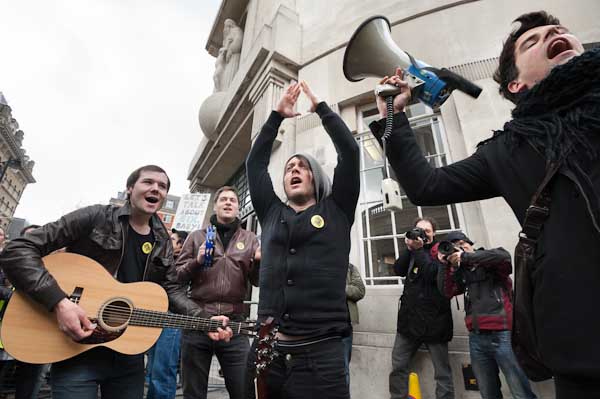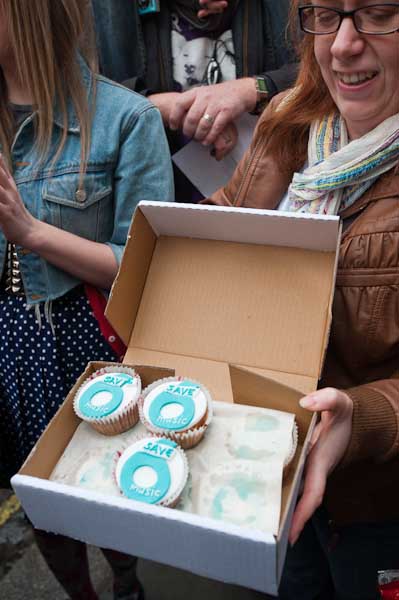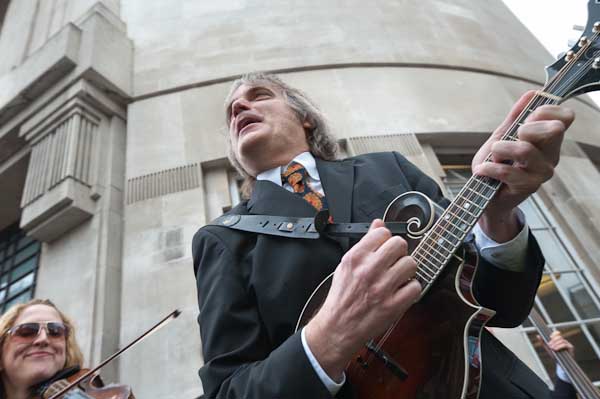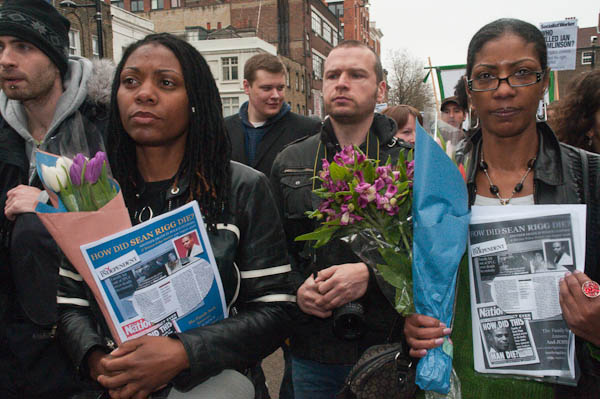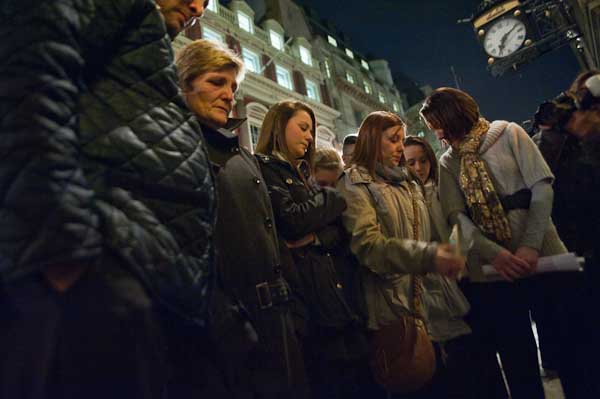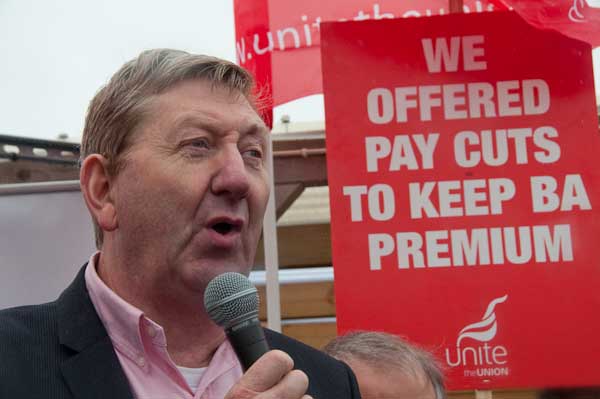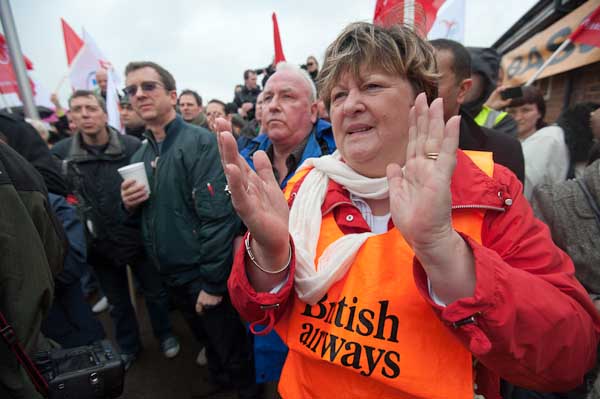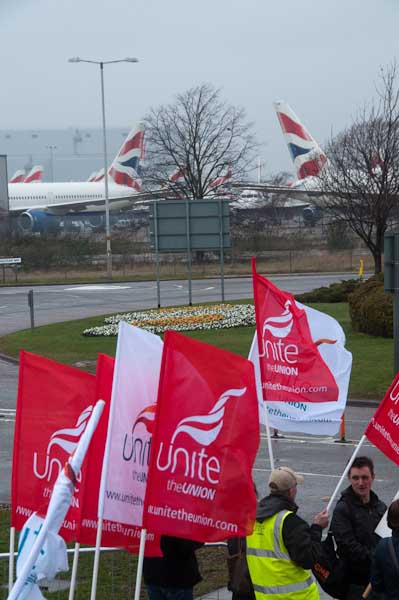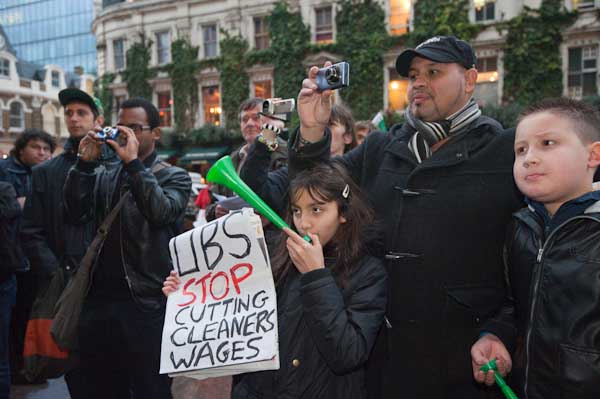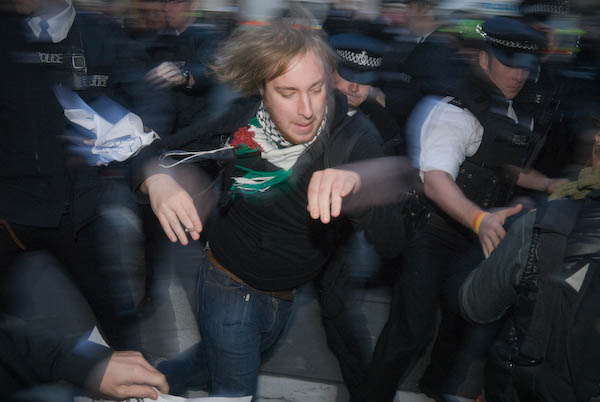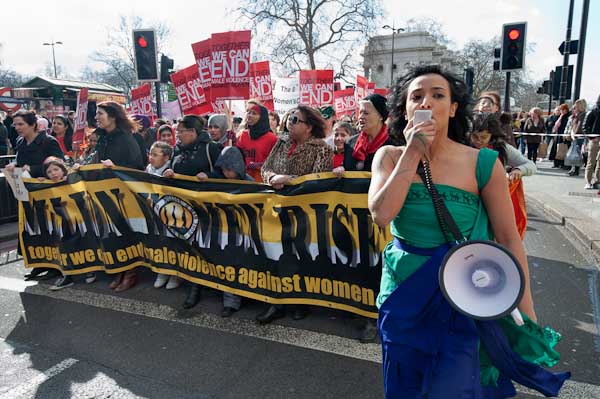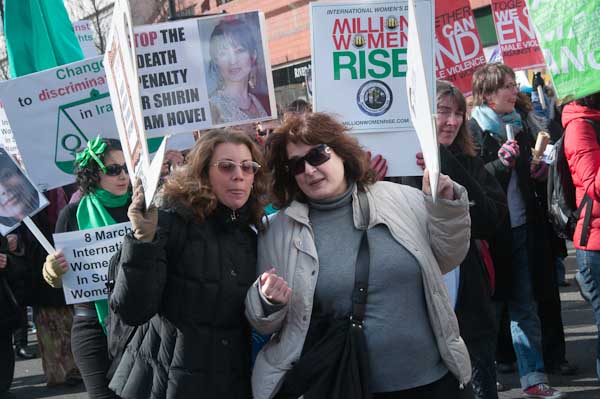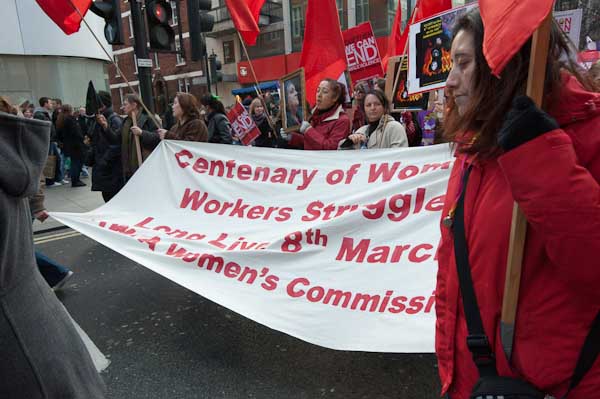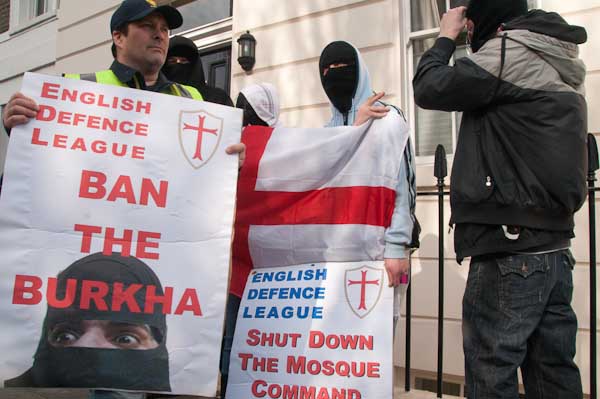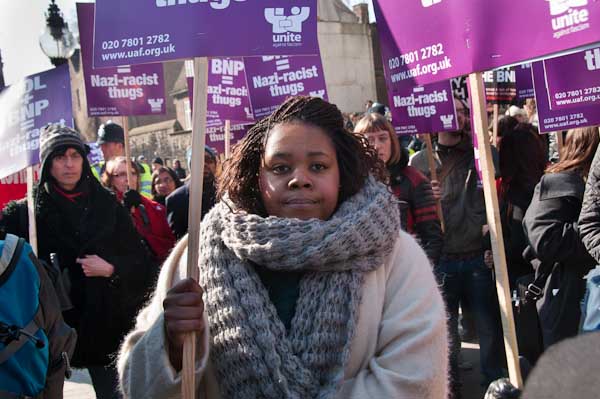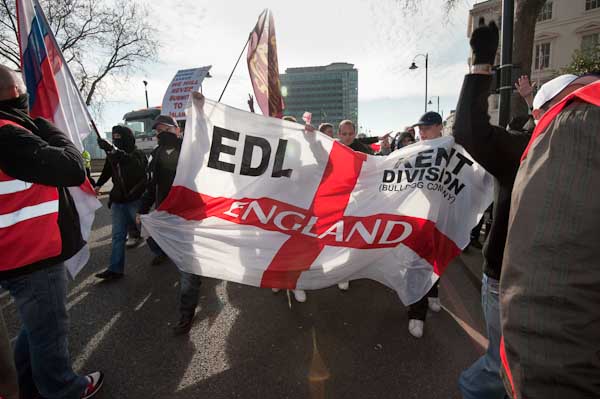Section 43 of the Digital Economy Bill, which would have made many of our photographs ‘orphan works’ and easy game for commercial publishers wanting a free ride on photographers backs got caught in the ‘wash up’ at the end of the current UK parliament. Conservative members led an attack on it and the whole section was deleted.
Photographers – including me – were delighted. I have over 50,000 photographs on the web, all potentially liable to be stolen and used had this section passed into law. And in the fairly unlikely event that I had caught any of the thieving publishers all I could hope for would be a probably derisory usage fee for that particular case.
So I was pleased I’d bothered to write to my Conservative MP, and that he had supported the cause, bringing it up with the shadow minister, who wrote me a letter in reply and spoke strongly against this section in the debate. I don’t kid myself that my action on its own had any bearing on the result, but it was the fact that many of us did the same that gave us the result.
The reply I got from my MP made it clear that he hadn’t considered the issue before he read my letter; so much legislation goes through parliament that most MPs don’t know much about most of it and there is really very little real scrutiny of many measures, indeed often virtually none unless outside people – like us – get stuck in.
Of course it doesn’t end here. There is actually a need for cultural institutions to be able to use material where the owner of the rights genuinely cannot be traced, and I think too that there does need to be legislation to deal with this and with the impact of the Web on disseminating material that often does lose it’s connection with the creator and copyright owner. But this needs to be done not by allowing a free for all overseen only very laxly by the Intellectual Property Office (who unfortunately don’t seem to understand IP) but by some proper system which realises and protects the rights of creators especially where these have not been traced.
As a good starting point I think it should always be made more expensive for commercial users to make use of so-called ‘orphan works’ than those where the creator is known – fees for such material – collected and held by a suitable body – should be based on standard rates, such as those suggested by the NUJ, with a percentage added to meet the costs of the collecting body.
Perhaps the fees this body collects might be held for a period of several years by the body who would then pay over the standard rate fee if it was claimed. After that time it could go into fund that might in some way be generally distributed to creators in a similar way that DACS does for copyright licensing fees.
It would perhaps be more difficult to decide on the allocation of such fees among creators, which would to some extent be arbitrary. But I would propose as a necessary qualification for receiving a share to be membership of a relevant professional body – a trade union, professional agency or similar body. It may not be entirely fair, but I think it is important to support professional creative practice rather than all of those who put pictures on the web.
Also we need changes to the law to make it easier to identify the creators of images, in particular the proper recognition of moral rights. Attribution should become mandatory for newspapers, magazines, removing the derogation they currently have. And the current law which apparently does make it an offence to remove ownership data (including metadata) should be strengthened and implemented, in the first case by prosecution of any companies producing software which does so automatically and withdrawing this from sale.
‘Orphan works’ should too be clearly attributed as such, and one of the responsibilities of the body collecting the fees for their use should be to display thumbnails, keywords and usage details of them on line in a searchable database, at least for the period of time that the fees may be claimed. Creators would then have only to look in a single place to see if their work was being used.
These are just some of my ideas, but its an area we need to look at carefully, to discuss and to come up with practical, workable and fair solutions. You can be sure there are commercial interests out there that will have their lobbyists pushing their own schemes on our next government.
